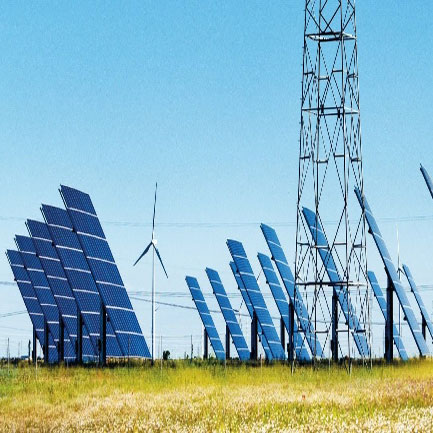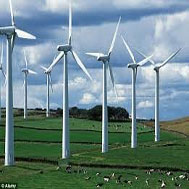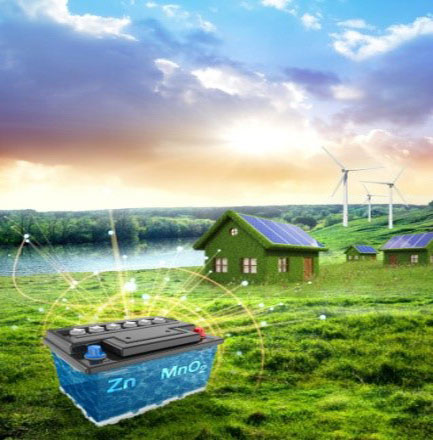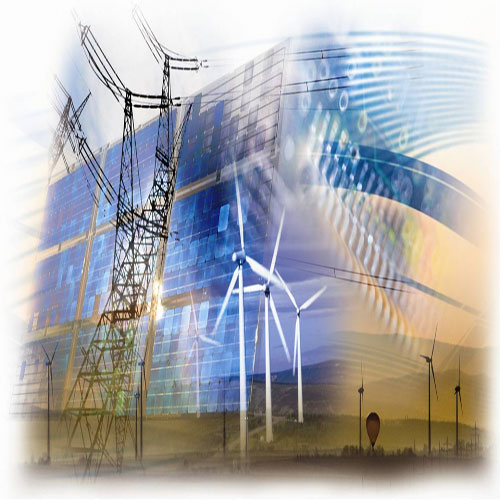Contact us:
Tel : +1(720)525-8971
Email: info@energesoft.com
2383 S York Street. Building C, Denver,
Co, U.S. 80210
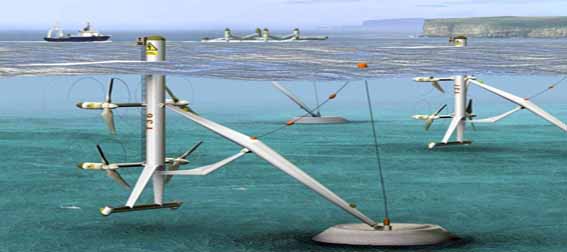
We try to create a culture that allows the people to
integrate sustainability into every part of our day-to-day
operations. RSGC team peruses....
Smart Grid
Smart Grid is the gateway to relibale and
efficient electric grids which supports the
developement of the smart generation,
smart metering and smart control. To this
end, the bidirectional communication
between the utility and customers based
on digital technology helps the smart grid
idea. Smart grid consists of controls,
computers, automation, metering and new
equipment to facilitate the accurate and
responsive reaction of the network in both
normal and emergency situations.
In 2015, the United States generated about 4 trillion
kilowatthours of electricity. About 67% of the electricity
generated was from fossil fuels (coal, natural gas, and
petroleum)....
Automation
Renewable Energy
RSGC Policy
14 Dec - 15 Dec
Utility Regulation Conference: Strategies
for Profit and Reliability
The Westin Georgetown, Washington, D.C,
United States of America
11 Jan - 12 Jan
8th Nuclear Power Asia 2017
Melia Hanoi, 44 Ly Thuong Kiet Street,
001235, Hanoi City, Hanoi, Vietnam.
13 Feb - 14 Feb
Floating LNG 2017
London, , United Kingdom
13 Mar - 15 Mar
International Conference on Emerging
Trends In Environmental Engineering
and Pollution Control 2017
Beijing,China
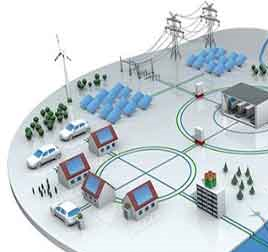
Technologies: Tidal Power
Tidal power or tidal energy is a form of hydropower with a predictable output pattern that can be converted into other
useful forms of energy such as electricity. Tidal power is created as the result of rise and fall of sea levels caused by the
combined gravitational forces of moon, sun, and rotation of the earth. Therefore, tidal power is categorized in the class of
renewable energy sources. In comparison with other renewable energy sources such as wind energy and solar power;
tides are more predictable and thus can be considered as more reliable sources of energy for the electric power grids.
Recent researches show that, even with the use of short term sampling, accurate prediction of marines is possible up to
98%. Also, the marine energy source is easier to incorporate to the electric power grid especially for the local applications.
Tidal power can be classified into four generating methods:
•Tidal stream generator (TSG): TSGs make use of the kinetic energy of moving water to power turbines, in a similar way to
wind turbines that use wind to power turbines
•Tidal barrage: Tidal barrages make use of the potential energy in the difference in height (or hydraulic head) between
high and low tides.
•Dynamic tidal power (DTP): DTP is an untried but promising technology that would exploit an interaction between
potential and kinetic energies in tidal flows.
•Tidal lagoon: A newer tidal energy design option is to construct circular retaining walls embedded with turbines that can
capture the potential energy of tides.




